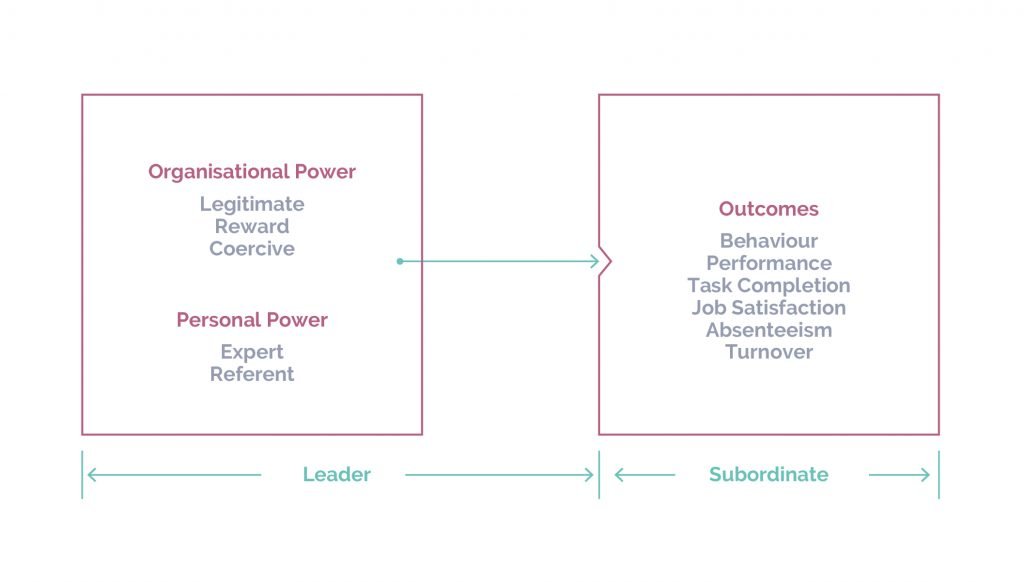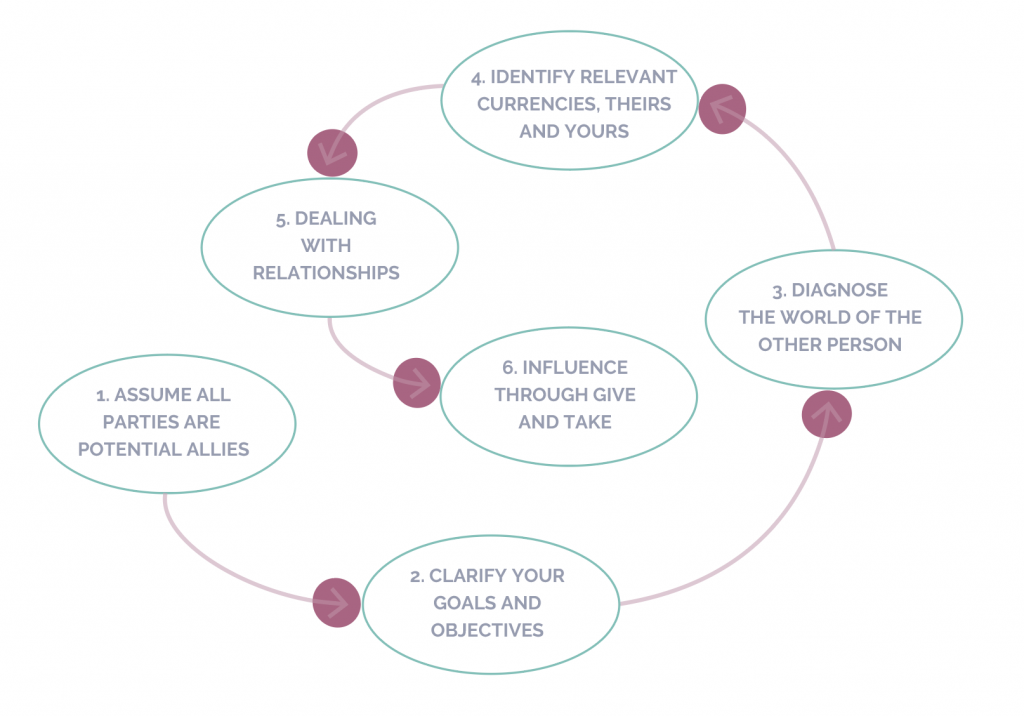8 minute read
“It takes a village”
It is not only business and political leaders who have the ability to drive change. In any organisation, leaders do not operate and achieve success in isolation. They are dependent on the support and innovation of those around them.
 Read: The Embedding Project – Supporting your CEO and their Decision-Making around Sustainability pg 5 – 21
Read: The Embedding Project – Supporting your CEO and their Decision-Making around Sustainability pg 5 – 21
Key points:
- Tactics that have been used by others that might be useful:
- Help them create strong business cases – help them understand/quantify the risks of inaction and the potential benefits of investment in sustainability through compelling examples.
- Frame proposals within the company’s existing strategy where possible
- Be realistic – examine business risks and opportunities
- Integrate sustainability proposals to existing projects in the pipeline
- Create opportunities for them to experience the issues first-hand
- Help them learn from influential peers – share resources and create opportunities for CEOs and leadership to engage with influential peers to help them understand what others who they respect are doing.
- Let the business ‘fail small’ – take small failures as learning experiences and illustrations of the potential risks of inaction. Inviting others from across the organisation to share their sustainability setbacks to learn from their experiences.
- Leverage the interests of key customers – demonstrate the need and demand that exists in your customer base.
- Help board members be better sustainability advocates – boards are hugely influential. Understanding their strengths/ weaknesses , experience and knowledge can be time well spent to better leverage their influence over your CEO and leadership team.
- Create opportunities for them to make public commitments – research in psychology suggests that making small actions publicly is a powerful motivator for ongoing action.
- Create opportunities for them to receive recognition for this work – opportunities to position them as leaders amongst their peers can reinforce conviction that they are acting in the right way.
- Help them create strong business cases – help them understand/quantify the risks of inaction and the potential benefits of investment in sustainability through compelling examples.
Influencing others
 Read: Fred C. Luenburg – Power and Leadership: An Influence Process
Read: Fred C. Luenburg – Power and Leadership: An Influence Process
Key points:
- Many great leaders share a common trait – the vision to achieve large scale ideas that they dream of accompanying and have the personal power to enact
- In 1959 social scientists John French and Bertrand Raven identified five sources of power that can be grouped into two categories:
- Organizational power:
- Legitimate / position power– an individual’s ability to influence others because of the position they hold within an organisation. The organisation has given the individual power to influence/ direct certain other individuals within the organisation, so long as subordinates accept this as legitimate.
- Reward power – an individual’s ability to influence others’ behaviour by providing them with things they want to receive, either financial or non-financial. Reward power can lead to better performance so long as employees see a clear link between performance and rewards, and they have a shared perception of what constitutes a reward.
- Coercive power -an individual’s ability to influence others’ behaviour by punishing them. This can be official/ organisation (such as official reprimand, termination of employment etc.) or unofficial (fear of social rejection for example).
- Personal power
- Expert power – an individual’s ability to influence others because of recognised knowledge, skills or ability – knowledge is power. Experts tend to be perceived to have expertise, and therefore power, in well-defined areas, but not outside them.
- Referent power – and individuals ability to influence others because they like, admire and / or respect the individual. A desire to be like/ be liked by a person gives them over you.
- Organizational power:
- The combination of legitimate and referent power is a key combination for a successful leader.
- Leadership as an influence process is a function of the elements of the leader’s sources of power and the degree of acceptance with the interests and needs of the subordinates.

- Legitimate, reward, and coercive powers are organisational and are part of the leader’s job. Policies and procedures prescribe them. Expert and referent powers are personal and emanate from a leader’s personality.
- Legitimate power may be depended on initially but without expert power to back it up it will become less effective/ meet with increasing resistance.
- Reward power can be effective in the short term but risks developing into an unproductive relationship if it is used too frequently.
- Coercive power is also a short term solution, but can led to frustration, fear, revenge and alienation in the long term,
- Expert power is closely related to trust. Employees/ subordinates can internalise an expert leader’s influence resulting in less need for supervision etc.
- Referent power can lead to enthusiastic and unquestioning trust, compliance, loyalty, and commitment from subordinates.
- Generally, the personal sources of power are more strongly related to employees’ job satisfaction, organisational commitment, and performance than are the organisational power sources.
- The various sources of power are interrelated, e.g. managers with expert power are likely to have legitimate power because people accept their expertise as a basis for their authority.
- Empowerment is the concept that you can achieve ultimate power by giving power to the people who work for you according to the principle that the more you give to others, the more you receive in return, and the concept of enabling employees to achieve their own sense of power and success is beneficial to the whole.
- Diane Tracy has ten steps to empower your employees/ subordinates:
- Tell people what their responsibilities are.
- Give them authority equal to the responsibility assigned them.
- Set standards of excellence.
- Provide them with the needed training.
- Give them knowledge and information.
- Provide them with feedback on their performance.
- Recognise them for their achievements.
- Trust them.
- Give them permission to fail.
- Treat them with dignity and respect.
Influencing stakeholders
In Module 3 we talked about engaging with stakeholders as part of the process to develop authentic and unified positioning and messaging around sustainability. Theories and methodologies for stakeholder management and influence can be broadly applied in a range of settings, both in and out of the workplace, to advance sustainability.
Dr Robert Cialdini’s six principles of persuasion
In his book ‘Influence: The Psychology of Persuasion’ Dr Robert Cialdini sets out six principles of behaviour that can act as a guided to positively influencing the behaviour of an individual or group. Be that a senior stakeholder who is sceptical of a policy change you are advocating to make business activities more sustainable, or encouraging and incentivising employees to act in more sustainable ways.
- Reciprocity – ‘give and take’ is a strong motivator of behaviour as we don’t like being in debt to others, and generally will treat others as they treat us. Someone is more likely to give you something you want if you have given them something they want. If a project or programme has a benefit to a stakeholder they are more likely to support it, so stakeholder management should concentrate on explaining the benefits to the relevant stakeholders
- Commitment – People like to be consistent. Once they have taken a position they will tend to stick with it, even if this means not giving new information the attention and weight that is perhaps deserves. The moral here is to seek support early.
- Social proof – otherwise known as peer pressure. People are naturally influenced by those around them. This is another reason for communication with a broad range of stakeholders to start as early as possible in order to build momentum.
- Liking – People are more likely to be influenced by people they know or like. Supportive stakeholders can be useful allies when dealing with others, particularly where there is a good existing relationship.
- Authority – This is not about relative seniority within a company’s hierarchy, but about the fact that we respect authority in others (e.g. Doctors or Police). By having a clear vision for the outputs and benefits of the work and how they will be achieved, and therefore speaking with authority on the matter, conveys trust and makes it easier to influence others.
- Scarcity – Things in short supply are often more attractive and this can apply to the scarcity of opportunity as well as the scarcity of good or objects. It may be that now is the right time to conduct a project and if it isn’t done now then the opportunity to real benefits will disappear.1
Cohen and Bradford’s Influence model
In their book ‘Influence Without Authority’ Alan Cohen and David Bradford laid out their influence model for stakeholder management:

- The first step is to “assume that all parties are potential allies”. Even an apparently unsupportive, or openly antagonistic, stakeholder can be turned into a supporter with the right information and treatment.
- Secondly, the model highlights the need for goals and objectives to be clearly articulated.
- The third step looks back to the process of identifying stakeholders and their needs and drivers. Understanding why a stakeholder has the attitude towards the work that they do, enables more effective management and influence as you can act on that understanding.
- A ‘currency’ is what someone values. Some people may be direct beneficiaries of the project or program’s benefits. To others it may simply be that they are being paid to provide a service; some may gain from the experience of being involved in the work. Currencies are very personal and don’t underestimate their value to others even if they don’t seem valuable to you.
- This step is about knowing the person who you wish to influence and developing a relationship of mutual trust.
- The final step relates to Robert Cialdini’s primary principle of persuasion – reciprocity. Ultimately, most stakeholders are influenced to support or oppose a project or program based on what effect it will have on them. If an individual or group receive something beneficial in return for their support, they are more likely to act in your favour.2
1Cialdini, R., 1995. Influence: the Psychology of Persuasion. Via Praxisframework.org. Available at: <https://www.praxisframework.org/en/library/cialdini>.
2Cohen, A. R, and Bradford, D. L, 2005, Influence Without Authority,. Via Praxisframework.org. Available at: shttps://www.praxisframework.org/en/library/cohen-and-bradford

